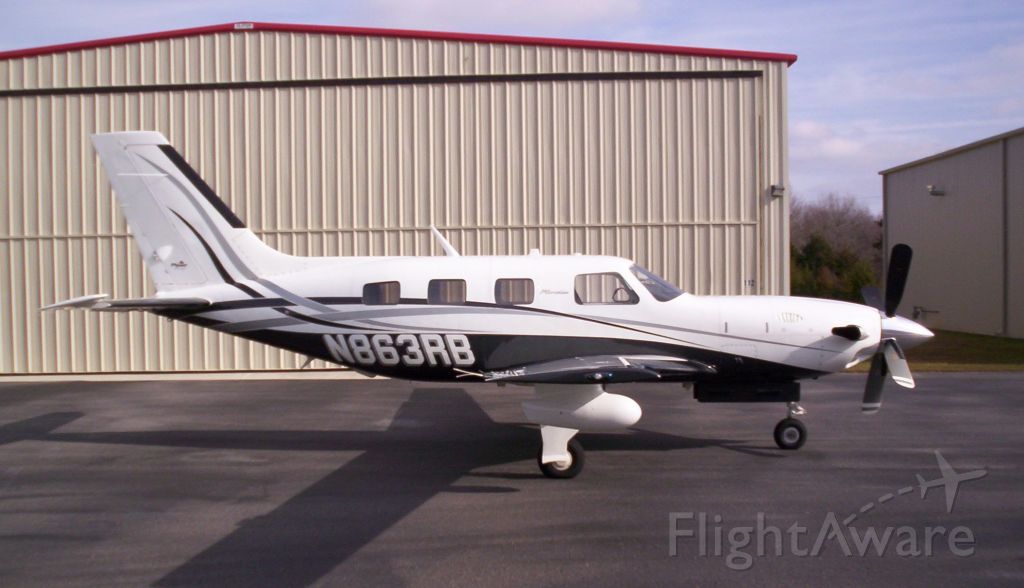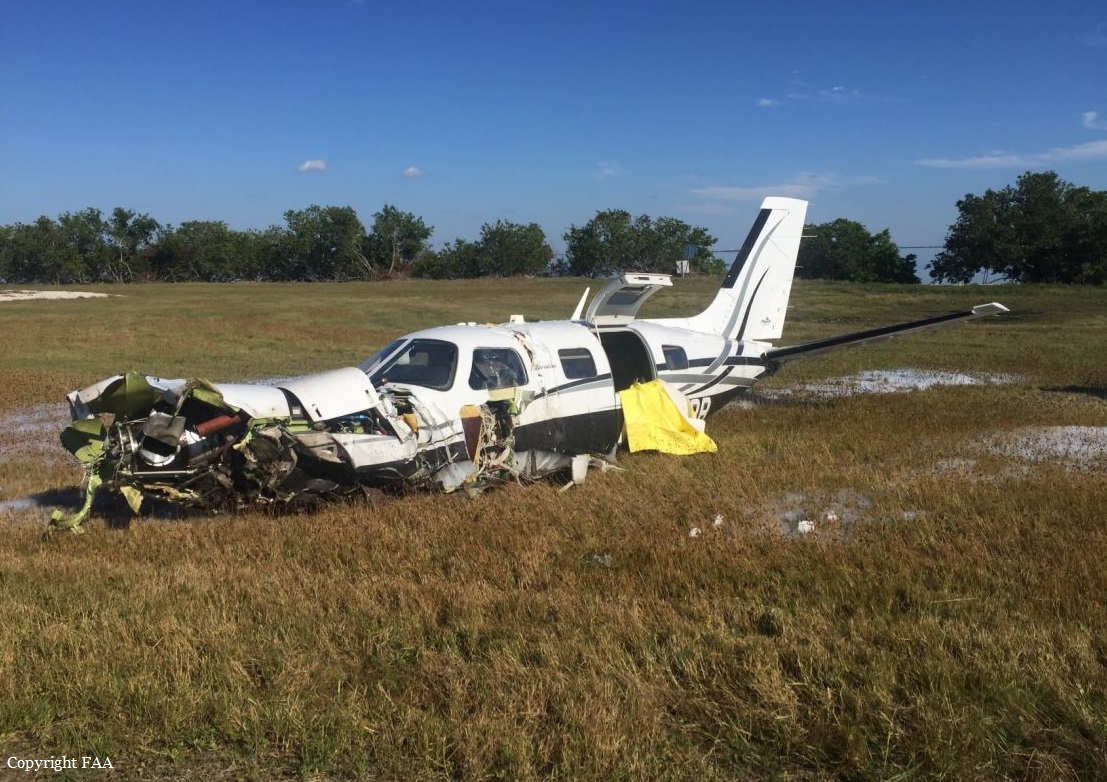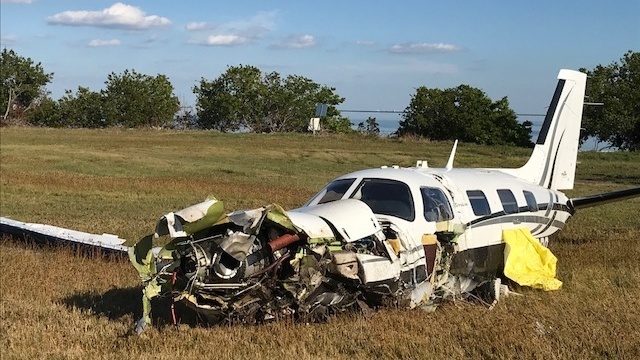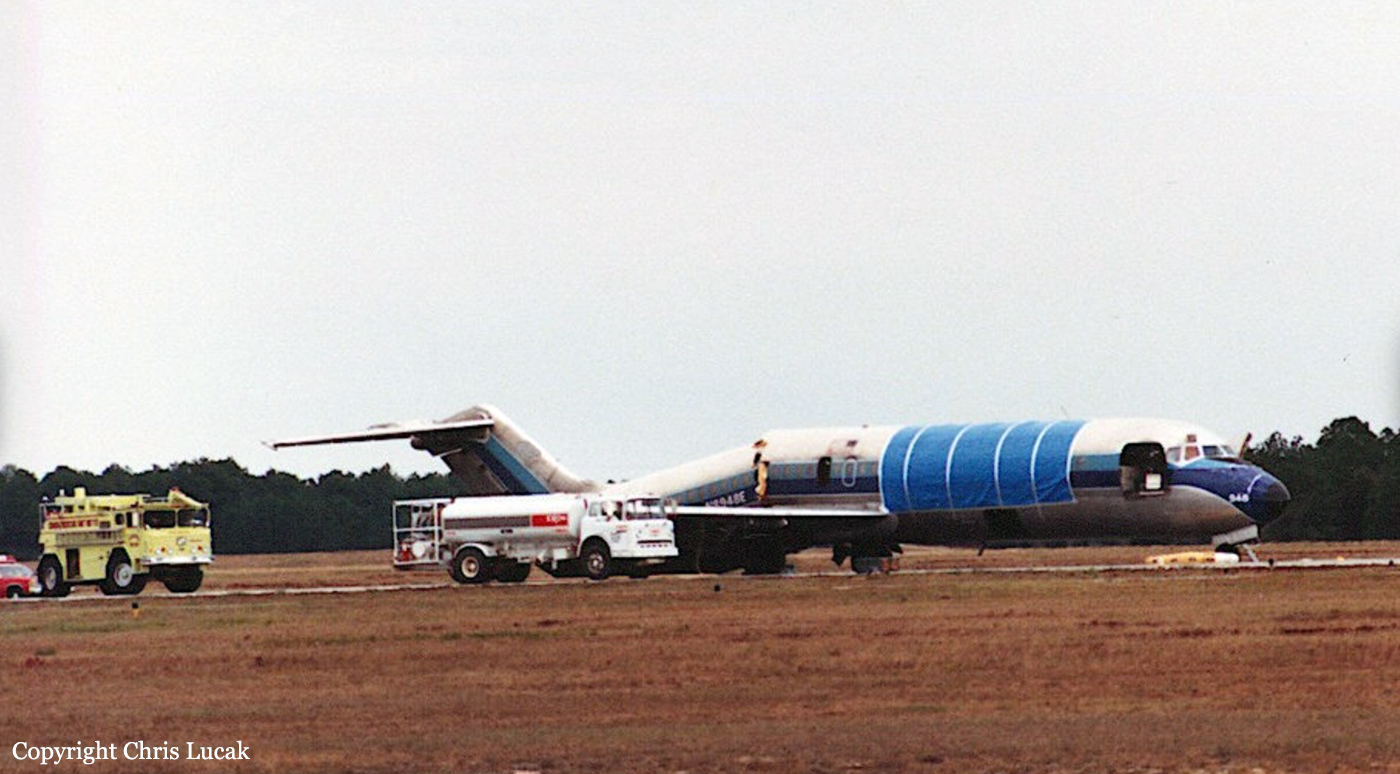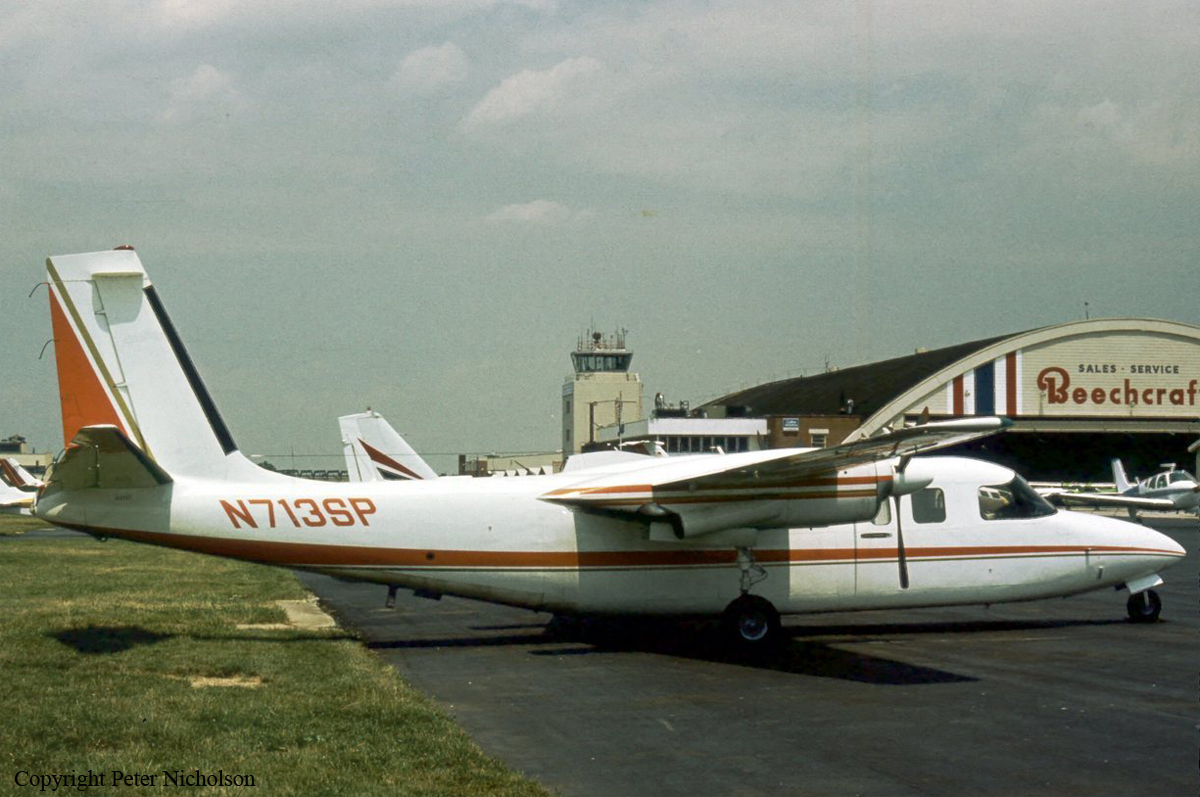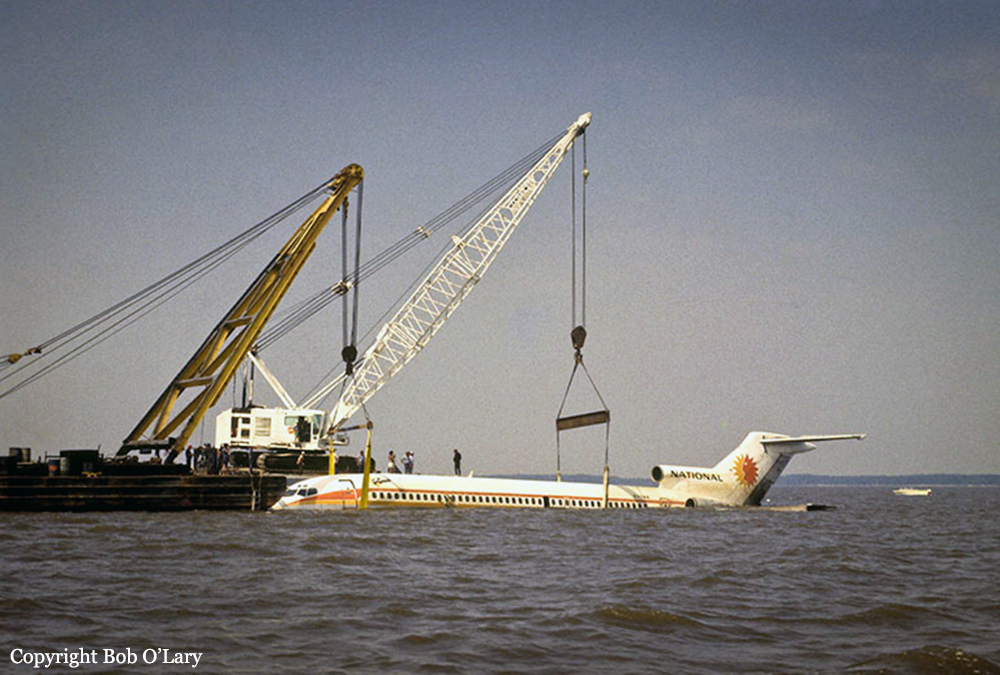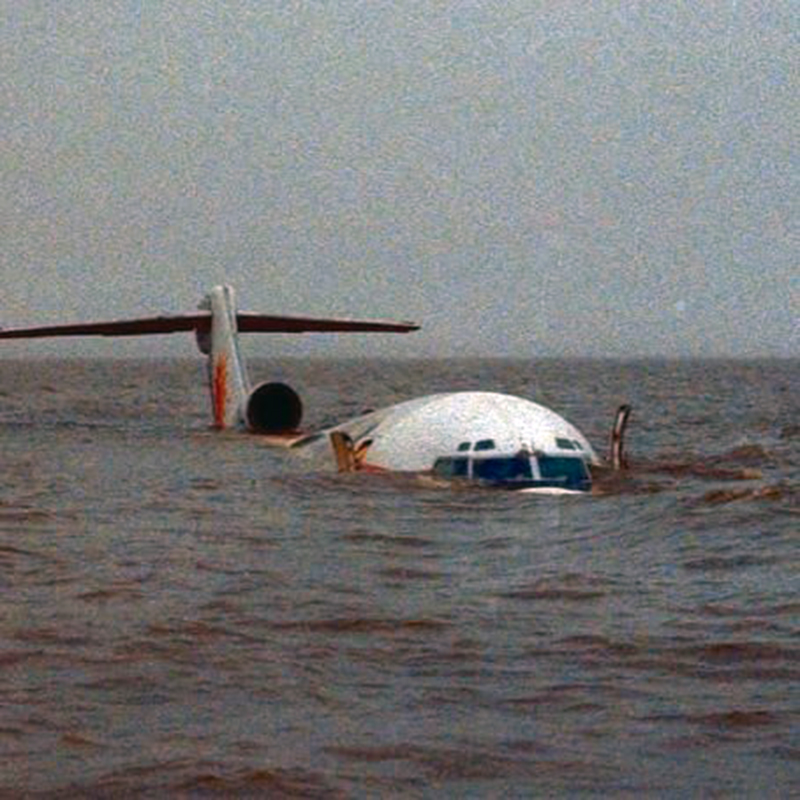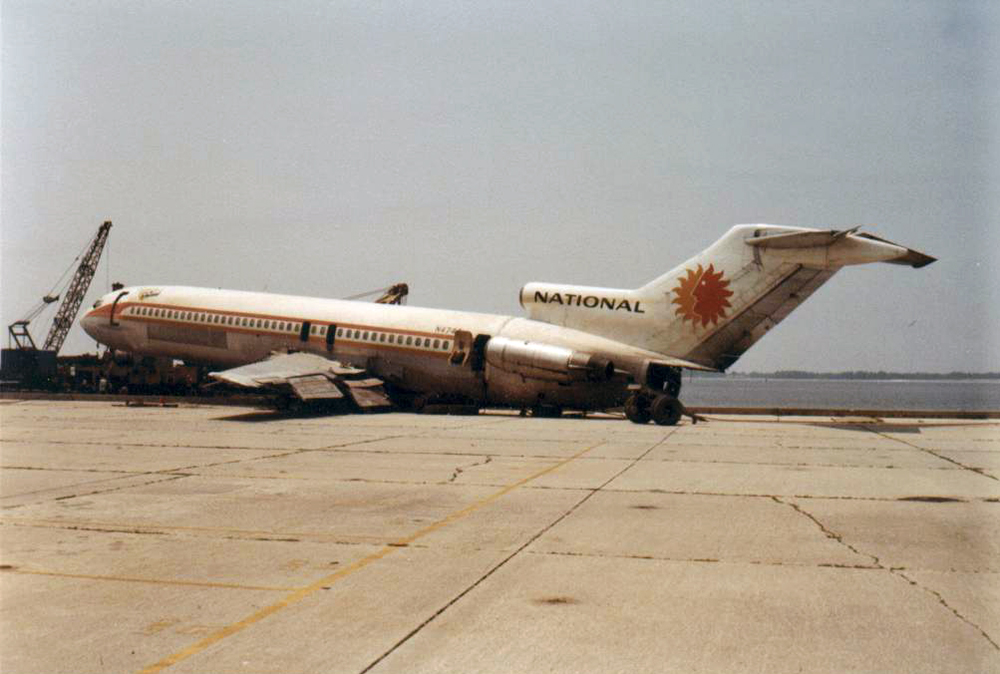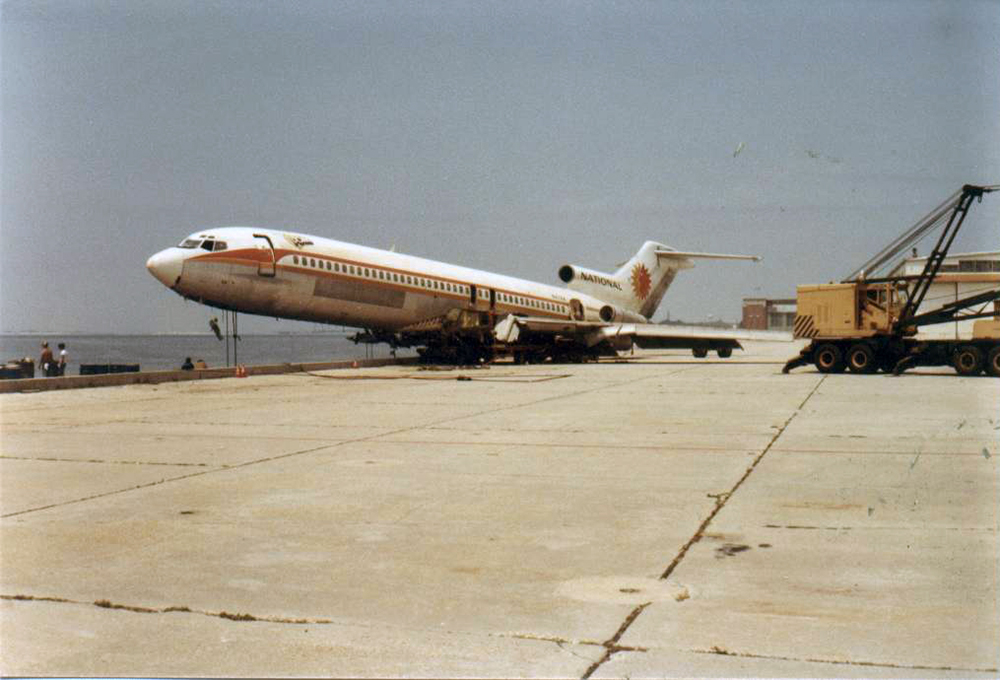Crash of a Piper PA-46-500TP Malibu Meridian in Saint Petersburg
Date & Time:
Nov 25, 2017 at 1315 LT
Registration:
N863RB
Survivors:
Yes
Schedule:
Saint Petersburg – Pensacola
MSN:
46-97213
YOM:
2005
Crew on board:
1
Crew fatalities:
Pax on board:
0
Pax fatalities:
Other fatalities:
Total fatalities:
0
Captain / Total hours on type:
25.00
Aircraft flight hours:
1341
Circumstances:
The pilot performed a preflight inspection of the turboprop airplane and an engine run-up with no anomalies noted. The takeoff roll and lift off from the runway were normal; however, when the pilot initiated a landing gear retraction, the engine torque decreased, but the rpm did not change. The torque then surged back to full power and continued to surge as the pilot attempted to return to the runway. The left wing of the airplane struck the ground, and the airplane came to rest in the grass on the side of the runway. Examination of the engine, engine accessories, and propeller revealed no evidence of mechanical malfunctions or failures that would have precluded normal operation before the accident. The reason for the partial loss of engine power could not be determined based on the available
information.
information.
Probable cause:
A partial loss of engine power for reasons that could not be determined based on the available information.
Final Report:
